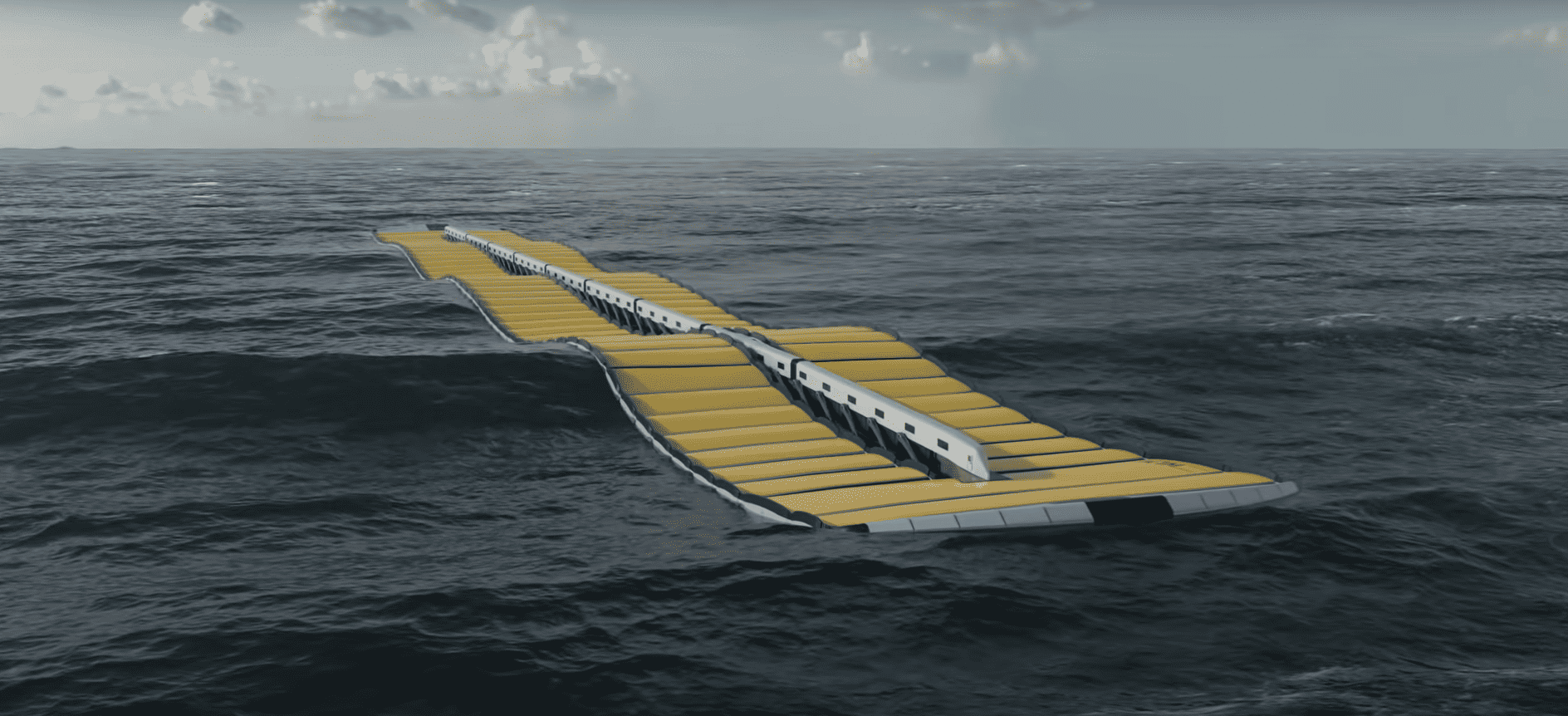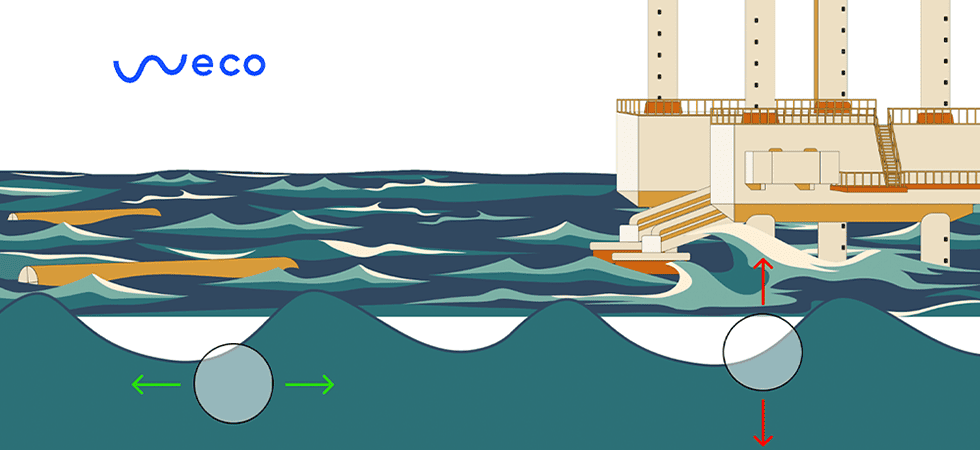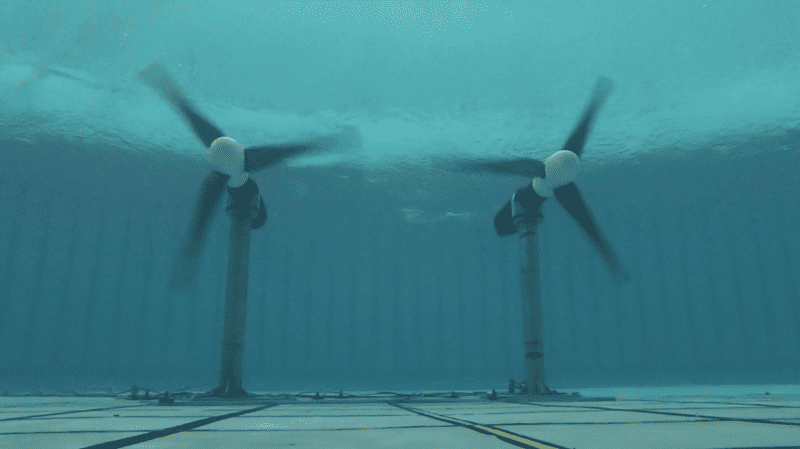
In an innovative move to balance the inconsistent output of offshore solar and wind energy, start-ups like Weco and AE WaveHexapod are developing ground-breaking wave energy converters. Working in partnership with Fieldlab Campus@Sea, these companies are paving the way for enhanced renewable energy generation.
Weco has created a floating cylinder that converts wave movement into energy, while AE WaveHexapod utilizes a six-legged system for efficient energy conversion. Wave energy’s constant availability is its strength, potentially boosting the output of offshore wind farms by 10-20%. This could also lead to a considerable cost reduction in electricity generation, driving prices down to just 5 cents per kilowatt-hour. The first wave energy is expected to reach the national grid in three to four years, marking a significant advancement in the energy transition process.

Weco’s wave energy converter
Weco has developed an innovative floating cylinder that converts wave motion into energy. This cylinder, modest in size with a width of 2 metres and a diameter of half a meter, employs a mechanism akin to a bike dynamo to generate electricity. The generated electricity is then transported to a land or sea-based intermediary station through cables. This compact design not only makes the converter cost-effective but also simplifies the installation process at sea, making it a more viable solution for the renewable energy sector.

Weco’s wave energy converter boasts a unique feature – it can harness both the vertical and horizontal movements of waves, doubling the conversion efficiency. This technological refinement significantly increases the amount of energy that can be generated from a given wave, marking a leap forward in the realm of wave energy conversion.
A cost-effective energy solution
The cost of wave energy can significantly lower the price of electricity, with estimates as low as 5 cents per kilowatt-hour. This is a significant reduction compared to current consumer prices, making wave energy a highly attractive alternative to traditional power sources. Wave energy also has the potential to increase the output of offshore wind farms by 10 to 20 percent, depending on wave and wind conditions. In the global push for more sustainable energy sources, these cost and efficiency benefits could tip the scales in favour of wave energy.
Despite the promising potential, wave energy converters face challenges such as storm damage and corrosion. However, Weco, along with AE WaveHexapod, is developing solutions to these challenges. AE WaveHexapod, for example, has developed a submersible platform equipped with a hoisting system that can lift the hexapods out of the water during rough weather, reducing the need for frequent repairs.
Weco is not alone in its quest to harness the power of waves. Other companies, including those listed in the “Top 10 Wave Energy Startups“, are also making significant strides in wave energy technology. These include Ocean Power Technologies, which is focusing on capturing and converting wave energy into electricity using innovative power take-off systems, and AW-Energy, which has developed WaveRoller, a fully submerged wave energy converter that utilises the wave surge phenomenon.

These startups are at the forefront of the wave energy sector, contributing to the global energy transition towards cleaner and more sustainable sources of power. With their innovative wave energy converters and offshore renewable energy solutions, they are paving the way for a greener future.
Constant availability
Wave energy is set to play a crucial role in achieving a net-zero world by 2050, as proposed by the International Energy Agency. The constant availability of wave energy makes it a reliable energy source that can bridge periods of low solar or wind energy production without requiring large-scale battery storage. This, coupled with its potential for high power output due to water’s density and predictable wave patterns, makes wave energy a promising solution to the global energy crisis.

